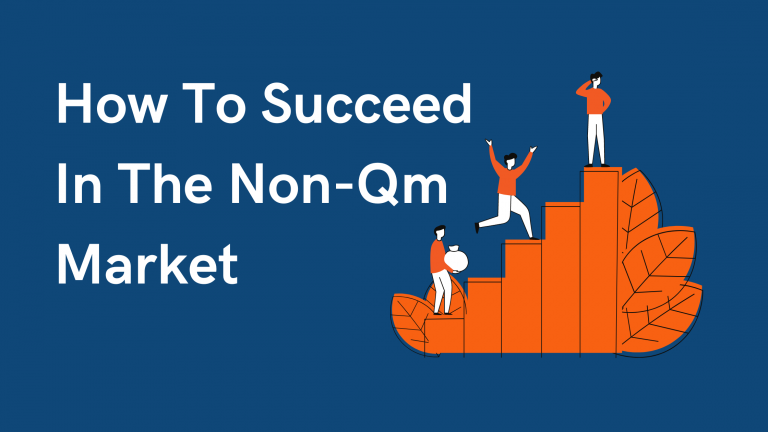
Mortgage rates have returned to pre-COVID levels in early 2022, and fewer customers are eligible for refinances. Home demand continues to outstrip supply, and property values are rising, making affordable housing virtually impossible to find. Originators who have been extremely busy over the previous two years are seeking innovative ways to generate new business in order to maintain volume and profits. Non-QM financing is projected to make a comeback this year, and originators should turn to it to help revitalize their companies.
Rating agencies abruptly ceased rating non-QM securitizations while they updated their models to reflect the new economic climate. As a result, capital markets closed unexpectedly. With heightened risk in the near future, warehouse lenders cut their lines for non-QM products, making originators unable to fund them. On both sides, commerce came to a standstill. This condition, however, did not continue for long. Non-QM financing is making a comeback and is expanding rapidly nowadays.
Almost everything in business depends on relationships. If you’re interested in taking advantage of the non-QM opportunity, select a partner that has demonstrated success in the sector by having: a long history in non-QM; an array of products that will answer your borrowers’ needs; an experienced support staff who can guide you, so every loan moves through the process smoothly; a commitment and vested financial interest in the space to ensure innovative non-QM product offerings.
Prior to the pandemic, there was a significant amount of demand in the mortgage market that went unfulfilled. Since then, demand for mortgages has increased even faster, but lenders have not been able to meet that need as quickly. Lenders can continue to develop their businesses by serving the demands of borrowers who do not fit neatly into conventional loans, such as the self-employed, foreign nationals, credit challenged, and those who want higher-balanced loan amounts.
According to the US Bureau of Labor Statistics, the number of self-employed individuals in the United States was 9.651 million as of April 2021. The results for April 2021 are down 2.28 percent from the previous month when the number of self-employed people in the United States increased by 4.38 percent year on year to 9.876 million. This was the most self-employed people in the United States in any given month in almost three years. By introducing non-QM choices into your loan programs, you instantly expose your lending business to a whole new borrower sector, paving the way for further expansion.
Over half of mortgage lenders expect profit margins to fall during the rest of 2020, and data support this assumption. According to the Mortgage Bankers Association, mortgage margins have consistently dropped, while 30-year fixed mortgage rates are predicted to rise to 4.4 percent next year. Changes in market circumstances, along with an infusion of well-funded investors, are making it simpler for lenders to join the non-QM arena and meet the requirements of borrowers who are unable to obtain traditional loans.
Relationships underpin almost everything in business. If you want to take advantage of the non-QM opportunity, choose a partner like AHL Funding, which has a long history in the sector, an array of products that will meet your borrowers’ needs, and an experienced support staff who can guide you so every loan moves through the process smoothly, and a commitment and vested financial interest in the space to ensure innovative non-QM product offerings.

Our goal is to shape and build the next generation of mortgage lending with exceptional customer service, integrity, strength and experience.
© 2024 AHL Funding | Privacy Policy | Company NMLS: 1370963
AHL Funding DBA American Home Loans All rights reserved. www.nmlsconsumeraccess.org. Rates, fees and programs are subject to change without notice. Other restrictions may apply. AHL Funding DBA American Home Loans is a Wholesale Lender. We work with mortgage brokers to originate loans.
Subscribe to AHL Funding and recieve insider news, tips, and resources for loan officers.
*We never spam, unsubscribe any time.